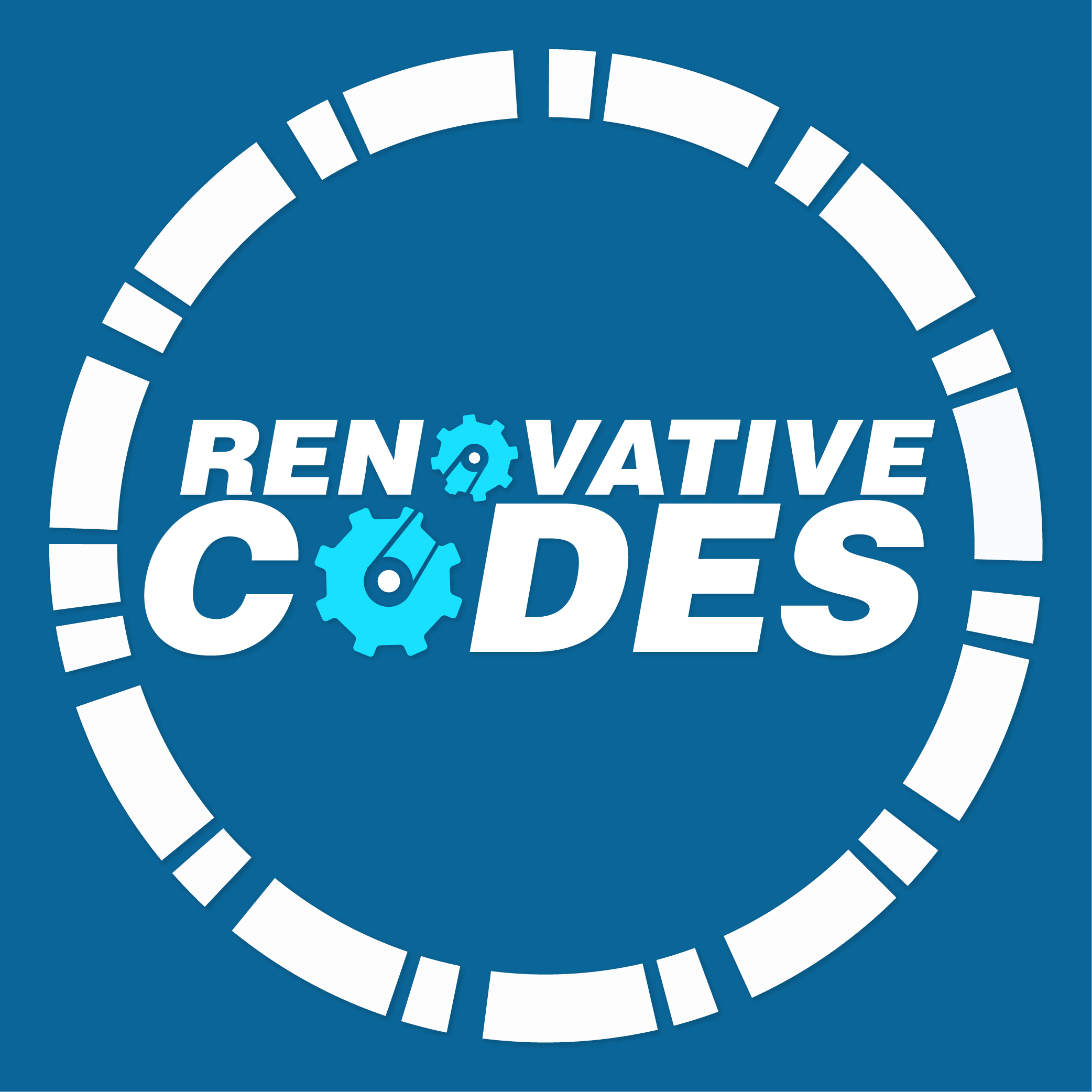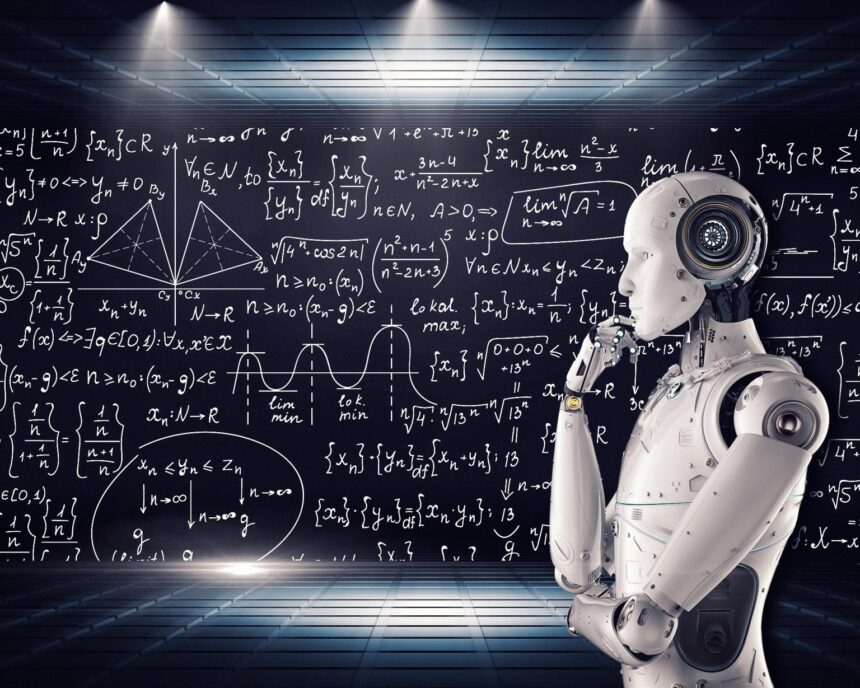OpenAI and other leading AI companies are developing new training techniques to overcome limitations of current methods. Addressing unexpected delays and complications in the development of larger, more powerful language models, these fresh techniques focus on human-like behaviour to teach algorithms to ‘think.
Reportedly led by a dozen AI researchers, scientists, and investors, the new training techniques, which underpin OpenAI’s recent ‘o1’ model (formerly Q* and Strawberry), have the potential to transform the landscape of AI development. The reported advances may influence the types or quantities of resources AI companies need continuously, including specialised hardware and energy to aid the development of AI models.
The o1 model is designed to approach problems in a way that mimics human reasoning and thinking, breaking down numerous tasks into steps. The model also utilises specialised data and feedback provided by experts in the AI industry to enhance its performance.
Since ChatGPT was unveiled by OpenAI in 2022, there has been a surge in AI innovation, and many technology companies claim existing AI models require expansion, be it through greater quantities of data or improved computing resources. Only then can AI models consistently improve.
Now, AI experts have reported limitations in scaling up AI models. The 2010s were a revolutionary period for scaling, but Ilya Sutskever, co-founder of AI labs Safe Superintelligence (SSI) and OpenAI, says that the training of AI models, particularly in the understanding language structures and patterns, has levelled off.
“The 2010s were the age of scaling, now we’re back in the age of wonder and discovery once again. Scaling the right thing matters more now,” they said.
In recent times, AI lab researchers have experienced delays in and challenges to developing and releasing large language models (LLM) that are more powerful than OpenAI’s GPT-4 model.
First, there is the cost of training large models, often running into tens of millions of dollars. And, due to complications that arise, like hardware failing due to system complexity, a final analysis of how these models run can take months.
In addition to these challenges, training runs require substantial amounts of energy, often resulting in power shortages that can disrupt processes and impact the wider electriciy grid. Another issue is the colossal amount of data large language models use, so much so that AI models have reportedly used up all accessible data worldwide.
Researchers are exploring a technique known as ‘test-time compute’ to improve current AI models when being trained or during inference phases. The method can involve the generation of multiple answers in real-time to decide on a range of best solutions. Therefore, the model can allocate greater processing resources to difficult tasks that require human-like decision-making and reasoning. The aim – to make the model more accurate and capable.
Noam Brown, a researcher at OpenAI who helped develop the o1 model, shared an example of how a new approach can achieve surprising results. At the TED AI conference in San Francisco last month, Brown explained that “having a bot think for just 20 seconds in a hand of poker got the same boosting performance as scaling up the model by 100,000x and training it for 100,000 times longer.”
Rather than simply increasing the model size and training time, this can change how AI models process information and lead to more powerful, efficient systems.
It is reported that other AI labs have been developing versions of the o1 technique. The include xAI, Google DeepMind, and Anthropic. Competition in the AI world is nothing new, but we could see a significant impact on the AI hardware market as a result of new techniques. Companies like Nvidia, which currently dominates the supply of AI chips due to the high demand for their products, may be particularly affected by updated AI training techniques.
Nvidia became the world’s most valuable company in October, and its rise in fortunes can be largely attributed to its chips’ use in AI arrays. New techniques may impact Nvidia’s market position, forcing the company to adapt its products to meet the evolving AI hardware demand. Potentially, this could open more avenues for new competitors in the inference market.
A new age of AI development may be on the horizon, driven by evolving hardware demands and more efficient training methods such as those deployed in the o1 model. The future of both AI models and the companies behind them could be reshaped, unlocking unprecedented possibilities and greater competition.



